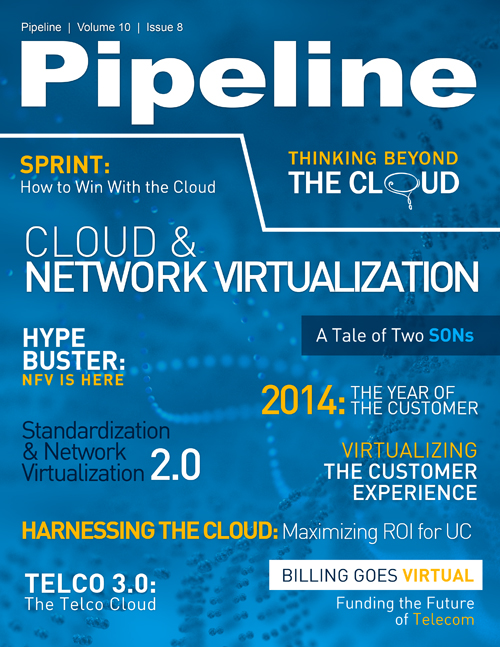SDN, NFV, OpenFlow: Standardization and Network Virutalization 2.0
“We don't think the proprietary ways of doing SDN serve the community,” Pitt says. “Vendors and customers need to compete.”
Particularly, independent software vendors (ISVs) stand to benefit from a standardized environment. Gartner analyst Akshay Sharma says, ISVs, like Akamai, have a clear foothold in Content Distribution Networks (CDNs), which doesn't require access to complex legacy networking elements and content delivery services.
“One could argue companies like Akamai and others are already extending and scaling Content Delivery Services more easily, over server farms, with the objective of maximizing Service Delivery on demand,” Sharma says. “Federation can also be easier with cloud based solutions."
Increased competition breeds innovation: the lifeblood of the telco.
OpenFlow is already being widely adopted and deployed. In fact, according to a July 2012 Infonetics Research survey of global service providers, OpenFlow is the most developed initiative, with 80 percent of respondents saying they are including OpenFlow in their procurement decisions.
But if operators agree to adopt an open set of standards, will they then lose the competitive edge to other industry players using the same OpenFlow networking standard? Quite the contrary, according to Pitt.
“It [open standards] promotes innovation because you don't have every company developing the same thing in a different way,” Pitt says. “OpenFlow is the foundation. All of the good stuff is built on top of that.”
Once standards are settled, service providers will be freed from essentially every constraint that inhibits service and application innovation, as well as new revenue opportunities. But before everyone breaks out the champagne and gets to work tossing hardware in the dumpster, there are a couple of important considerations:
-
Is your organization prepared to become truly software centered? That means more than a simple mindset. Jobs will change. As Pitt puts it, “Networking is locked in a mainframe mindset.” Is your shop prepared for total reinvention as an application developer?
-
Do you have access to the network core? The virtualization of appliances is only a tiny taste of the action. The true promise of SDN lies at the network core and the ability to access it. Some carriers don't own the core. Others simply don't have the equipment. “It's the true exposure of the service provider's DNA,” Pitt adds.
Aside from the ability to launch new services, new enterprise opportunities can begin to present themselves to service providers who undertake the SDN reinvention. Enterprise is increasingly looking to outsource IT and computing, something virtual telcos can support handily with their beefed up ICT know-how. Secondly, these virtualized telcos will have what Pitt calls “fleetness of foot” that OTT players like Amazon Web Services and other cloud players don't. Global enterprise needs the global presence and security that only network operators and global service providers can offer.
And all of that sounds fantastic. But as Amartus CEO Michael Kearns reasonably reminds us, “OpenFlow has a hell of a long way to go.” He adds that while OpenFlow is the clear victor in the data center, currently at the network operator level, most are focused on an Overlay approach to stitch together both virtualized network elements as well as legacy physical equipment. A real challenge being faced every day across the world. It's imperative to start working toward virtualization, but no sound business plan can include dumping untold millions of dollars of equipment on a wave of hope and optimism of virtualized networking and computing.
For a disruptive technology, getting in on SDN is shockingly low-commitment. Pica8 just launched an OpenFlow based SDN starter tool kit that promises to deploy an entire SDN lab in less than an hour, at a price tag under $10,000.
“While the data center market grows more receptive to the benefits of SDN, it is equally weary of vendor lock-in and unsure as to how to begin the process of developing SDN network infrastructure while maintaining or improving visibility via network taps for performance and security monitoring,” says Mike Fratto, Senior Analyst with Current Analysis.
Moving from the straight hardware swap out to the nimble Network Virtualization 2.0 world, where operators and service providers make themselves over into IT, computing and application developing powerhouses, is going to require standards. Currently, there is no shortage of contenders. From OpenFlow to SoftCOM, labs across the globe are humming with excitement about SDN's future promise and collectively determining the standards of the future.



















